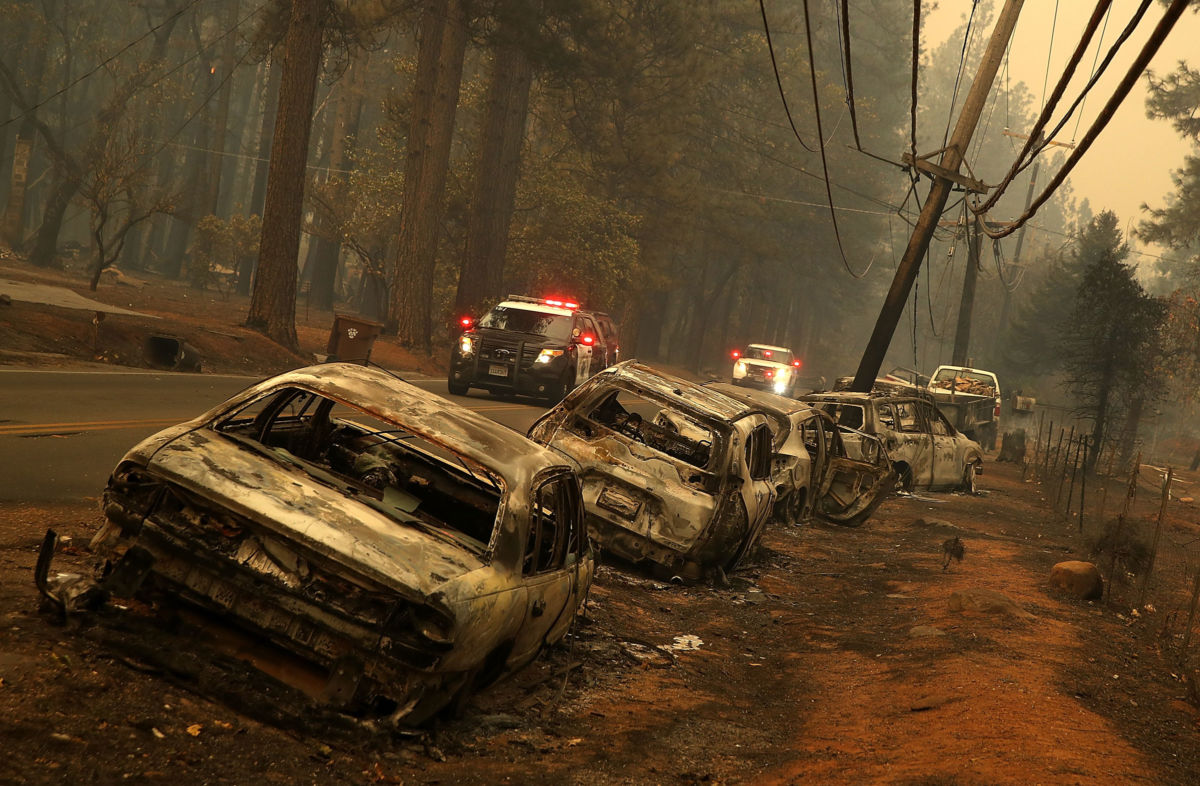It is tempting, when a parent dies, to center your remembrance of them through the lens of your relationship to them as a child.
Self-centered as we are — at least as self-centered as I am — we ignore their individuality in favor of their effect upon us, especially the things that they taught us.
My mother, who died last night at the age of 84 (I always knew she would die midwinter, she so hated the Midwest’s relentless cloud cover), of course taught me many things. She was supposed to.
She raised me alone so she did some of the things that fathers were supposed to do too.
She taught me how to ride a bike, running and hanging onto the back of the banana seat of my Schwinn and then letting it go when she thought I was balanced properly, urging me back on after I fell, insistent that I keep doing it until I got it right which of course I did after some scrapes.
When we figured out that I had an interest in cartooning, she took me to the now-long-closed Fernandez art supply store at Town and Country shopping center, bought me “fancy” paper and then showed me how to make my own comic book by holding the pages and cutting them and stapling them together.
She taught me things her generation mistakenly believed that my generation would need, like ballroom dancing. I balanced atop her feet as she showed me the steps in our living room, music playing on records she later gave away without asking me along with the colonial-style console stereo system. We laughed.
She messed things up too. When the long-haired blonde girl from the supermarket checkout gave me a ride home, my mom came out of the house to see why I was taking so long to come inside. Rapping on the window with her knuckles, she cried: “What are you doing?” So much for my first kiss. Parents are supposed to mess things up.
So many memories, too many to share, boring to anyone but me, swirling around right now. Soon I will share the ones you might care about. Personal stories only have relevance if they have relevance.
For now she deserves to be remembered more than the mother of Ted Rall the Cartoonist, and that’s how I’m going to write her obituary. She was a remarkable person with an interesting life in her own right, a woman who had an impact on thousands of people, and not just her students. That woman deserves to be celebrated.
She was cool as shit, striding toward me waving her arms at me in her white men’s Levi’s hiphuggers (they didn’t sell jeans for women yet), a bright smile and a kiss, asking me how was school.




